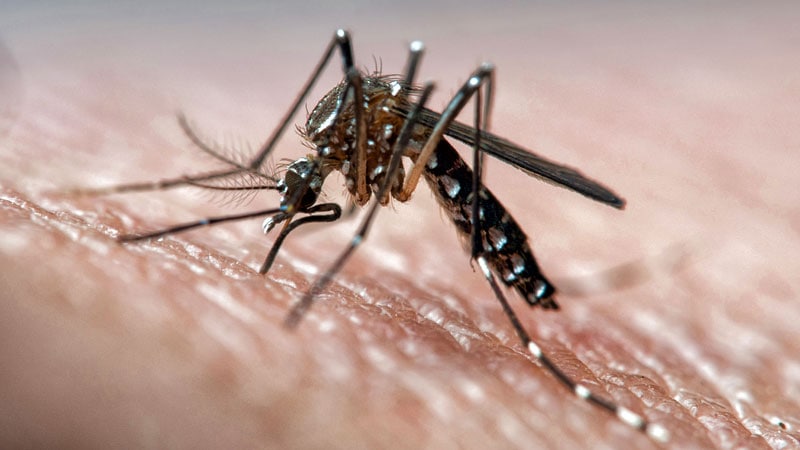Northeastern States Respond to Surge in Deadly Eastern Equine Encephalitis Amid Warmer Weather
The content discusses the recent increase in cases of Eastern Equine Encephalitis (EEE), a serious and potentially fatal viral infection, in the northeastern United States. The virus is transmitted by mosquitoes, and the surge in cases is likely due to warmer weather conditions that have facilitated faster disease spread.
In response, several state public health departments have announced mitigation efforts, including plans for aerial or truck-mounted spraying in high-risk counties in Massachusetts. Public health experts have also emphasized the importance of personal protective measures, such as using insect repellent, wearing long sleeves and pants, and draining standing water to reduce mosquito populations.
The content highlights the complex factors that can contribute to increased EEE activity, including seasonal weather patterns, temperature, and rainfall. While there have been no human cases reported in New York State in 2024, clinicians are advised to be aware of the potential symptoms of EEE, which can include fever, headache, vomiting, seizures, and behavioral changes. Approximately 30% of people who develop severe EEE die, and many survivors experience ongoing neurological problems.
The Centers for Disease Control and Prevention (CDC) has designated EEE as a nationally notifiable condition, meaning that all cases should be reported to state or local public health authorities. Serologic testing is the primary method of diagnosis, and a positive EEE virus-specific immunoglobulin M test should be confirmed by the CDC or a state public health laboratory.
The content emphasizes the importance of mosquito bite prevention as the essential conversation for clinicians to have with patients about EEE. Recommendations include using EPA-registered mosquito repellents, covering exposed skin, and rescheduling outdoor events to avoid peak mosquito biting times. The risk from mosquito-borne illness will start to decrease as the weather cools and mosquito populations decline, but some risk will remain until a hard frost occurs.
Customize Summary
Rewrite with AI
Generate Citations
Translate Source
To Another Language
Generate MindMap
from source content
Visit Source
www.medscape.com
States Take Action Against Eastern Equine Encephalitis
Thông tin chi tiết chính được chắt lọc từ
by Heidi Splete lúc www.medscape.com 09-11-2024
https://www.medscape.com/viewarticle/states-take-action-against-eastern-equine-encephalitis-2024a1000gha
Yêu cầu sâu hơn
